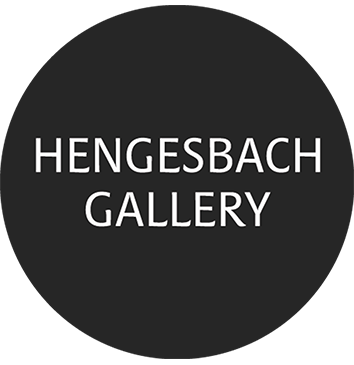Haein Choi
October 29, 2023 – January 12, 2024
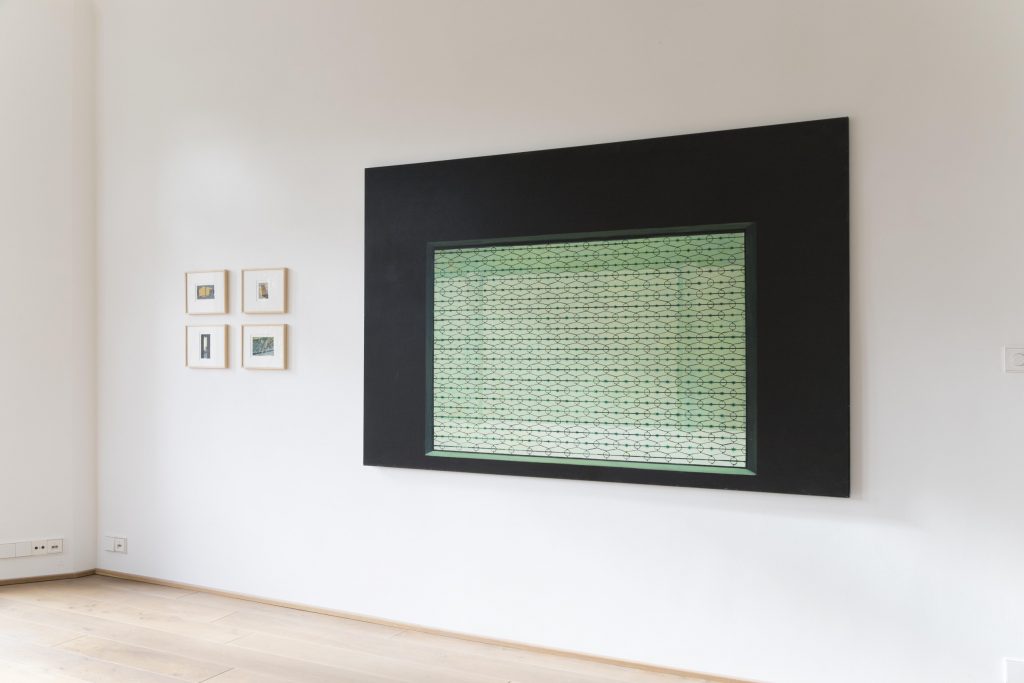
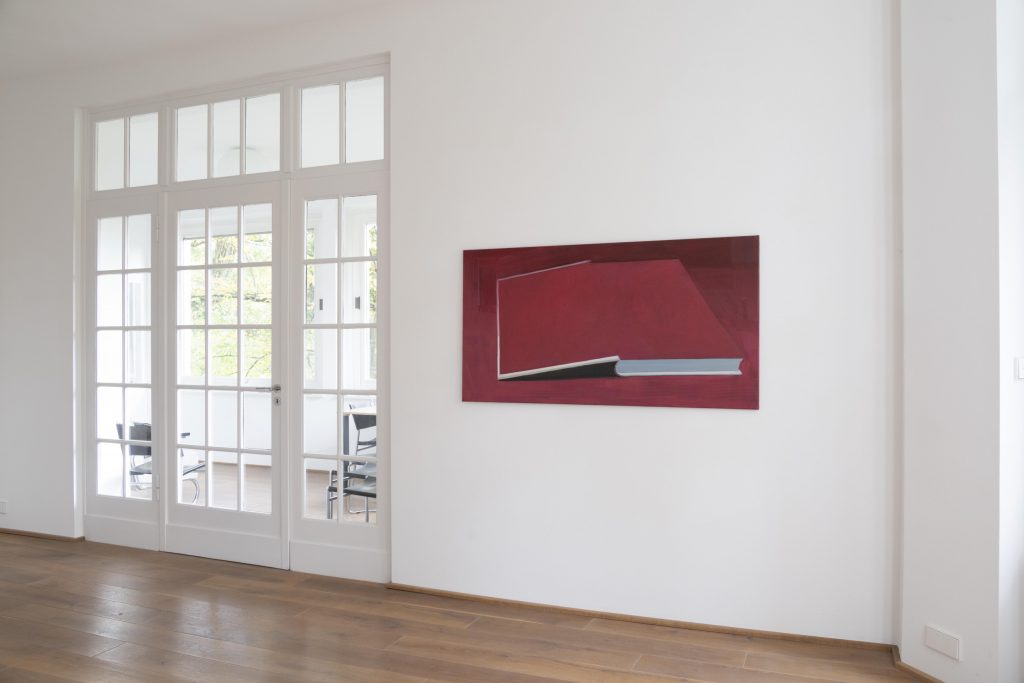
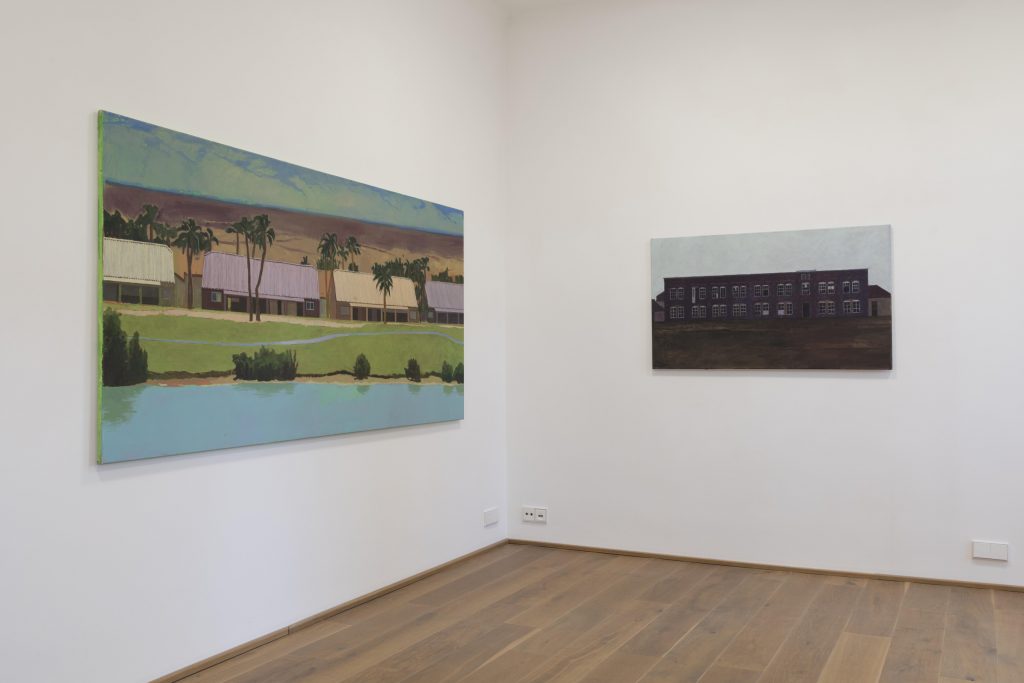
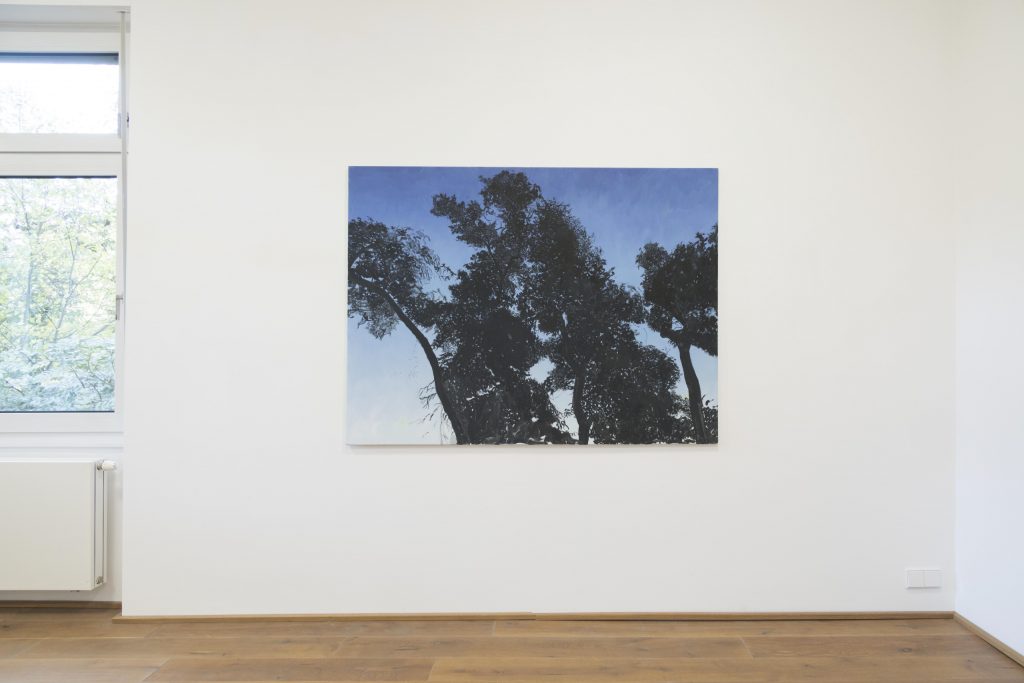
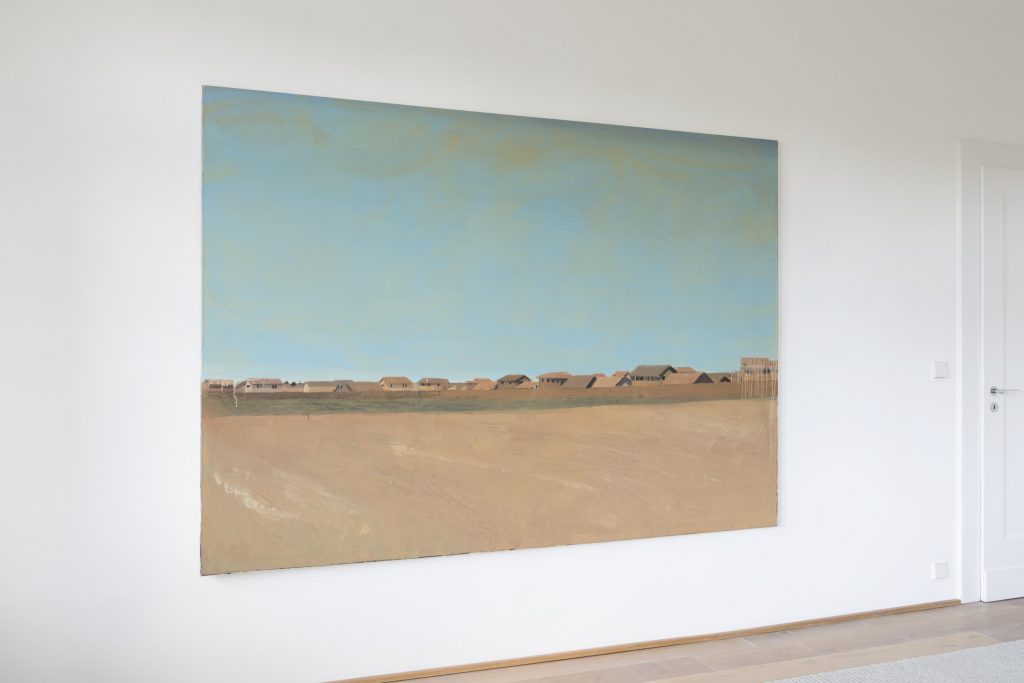
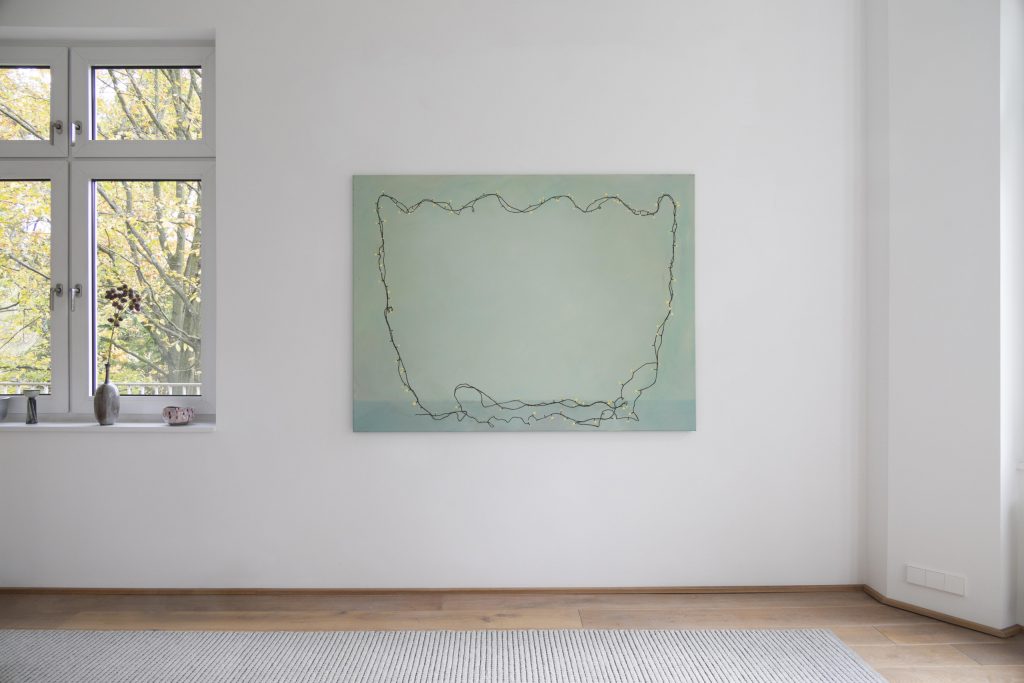
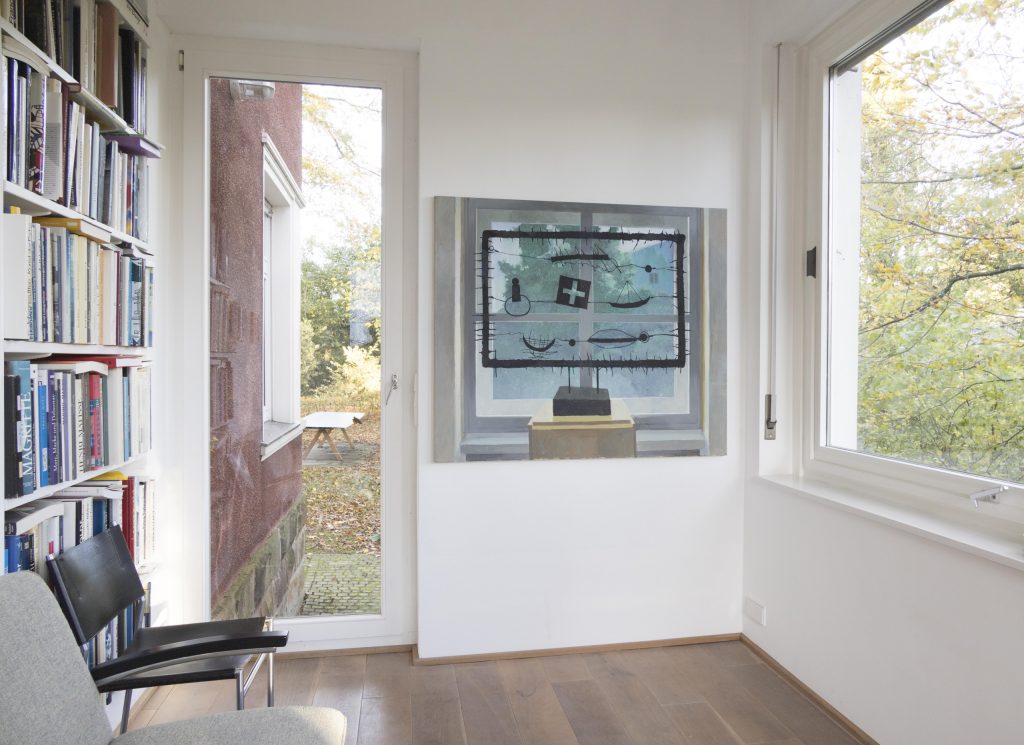
Photos: Dirk Wüstenhagen
Attempting to understand the stillness in Haein Choi’s painterly conversations, it is apparent that the world in her paintings is still; the objects do not move, everything seems paused. But not just the world, the conversation itself appears to be still. There is nothing narrative, no sequence, no continuation, no connection to anything else taking place. Do the conversations even have a theme? The paintings neither engage in a dialogue with each other nor pick up on something known from another context. We are familiar with books, grilles, string lights, landscapes in numerous variations. But in Choi’s paintings, they are presented with an immediacy that is surprising, as if we were accessing them for the first time. In her paintings, however, the objects are not described; rather, a specific, intimate access to them is enabled, from which they seem inseparable.
When we say that ‘The first page’ shows a book, this formulation is inadequate. We learn neither about its content nor about its physical materiality. What we experience is the sensual impression of our liking for the act of opening a book cover with red endpaper. A similar situation is found in ‘Whisper’. We see the front of a lit shop window covered with a finely chiseled grille. What lies behind the glass as a display remains unseen. Instead, we perceive the interplay between the grille and the illuminated setting, our gaze drawn to the delicacy in the spread of the ornament in relation to the static, alien light.
Even in Haein Choi’s landscapes, we do not see a material topographical extension of the world, but rather foreground areas dipped in darker light and a non-specific situation in the light-filled background, horizon, or sky. In the middle ground, there remains a figuration of houses or trees, which, however, have no volume, no sculptural depth. It is clear only that they consist of thin layers of painted color and have more the character of something diaphanous, translucent, than indicating the solidity of a tangible world. Clearly, the painted harbors notions or memories. The sensual character of our seeing is refined, but not the material or physical character of the depicted world.
Can the lack of physicality in her paintings be compared to earlier slide photography, where the world seemed to be dyed into translucent cellulose layers? The essential difference, however, is that Choi’s images are timeless. They may originate from a moment in the experience of the world, but this moment is de-temporalized in her painted execution. They also do not consist of a segment of the world as in a photographic shot because the images are completely self-contained. There is no beyond or outside the pictorial borders. This distinguishes the photographic focus from the humanly sensual-mental focus. The directedness of our sensual eye towards a sensual experience, towards an access to the world that we determine, contains it completely, without there being any more or other to it. It is the element of conceptual determination in our experience. A memory or an imagination is precisely this, there is no more to it, it is precisely this access, this mode of givenness.
The things are never given to us from themselves. We confront them, but this confrontation is our fiction, a supposed and deceptive ideal image on our way to the things. Haein Choi’s paintings tell something about the wonder over ourselves, about our possibilities to experience something with our senses, and they strangely oscillate between objectivity and subjectivity. There is a reference to things in her images; one can name them, but only in the experience of her paintings is it understood that the nameable reference is completely bound to the way it is experienced. Therefore, Choi’s paintings stand in diametrical opposition to photographic realism. In them, no world is projected and meticulously translated into painting with all its details. Choi’s world is created from painting, from the subjective decisions about the elaboration of details with their respective significance, and the basis for this painting is the pursuit of authenticity of one’s own sensation with painterly values, the attempt to give one’s own sensation a correctness to be shaped or formed. Therefore, these conversations are monologues, enlightenment about ourselves, enlightenment about the wonder that we continually observe on our paths to things. The paintings must adopt this diaphanous quality because the artist’s own access to the world attempts to make itself transparent through artistic development. Even the impenetrability of trees must receive something translucent in Haein Choi’s painting project.
Rolf Hengesbach
